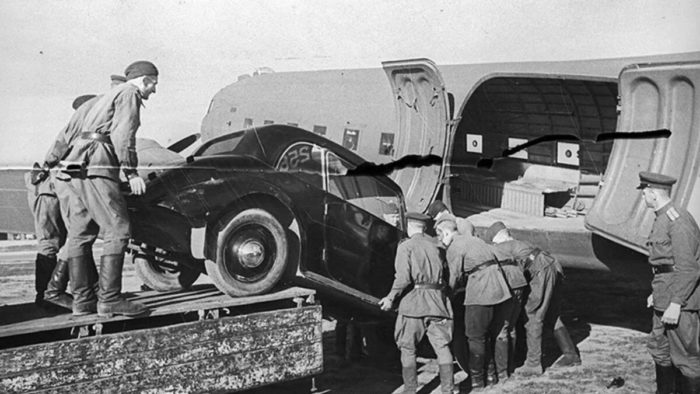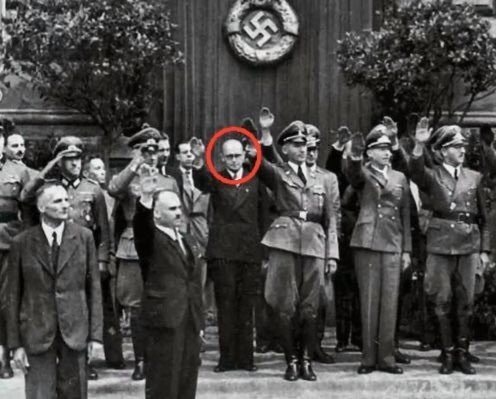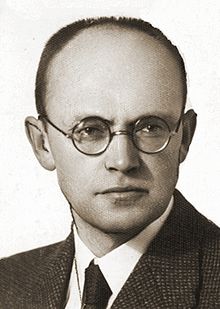Litwin
Diamond Member
Patton: “Dude (to Zhukov, famous looter and killer own men), what the fuck?! Are Soviet generals supposed to jingle when they walk?! You look like a fucking clown. You’re literally wearing a junk shop!”
Patton didn´t see Zhukov´s DUCHA(S) ....
Soviet soldiers and officers were allowed to send home parcels with “trophies” (loot ). Marshal Georgiy Zhukov, a legendary symbol of Soviet victory, filled seven train wagons with the most expensive German furniture. He sent home complete sets of furniture for the living room, dining room, bedrooms of his apartment and dacha – a total of 194 items.
When an investigation into the “trophy (loot) case” began in January 1948 on Stalin’s orders, police officers searched Zhukov’s homes and found over 4,000 metres of silk, brocade, panne velvet, and other fabrics; 323 sable, monkey, fox, cat and astrakhan skins; 44 ancient carpets and large antique tapestries stolen from Potsdam and other German palaces; 55 priceless paintings in artistic frames; seven large boxes with porcelain and crystal ware; two boxes with silver cutlery and tea sets. The items were listed in the official document submitted by the Minister of State Security of the USSR Viktor Abakumov.
Zhukov’s dacha so impressed Abakumov that he wrote an extensive report for the investigative commission.

 euromaidanpress.com
euromaidanpress.com

Patton didn´t see Zhukov´s DUCHA(S) ....
Zhukov filled seven train wagons with stolen furniture
Soviet soldiers and officers were allowed to send home parcels with “trophies” (loot ). Marshal Georgiy Zhukov, a legendary symbol of Soviet victory, filled seven train wagons with the most expensive German furniture. He sent home complete sets of furniture for the living room, dining room, bedrooms of his apartment and dacha – a total of 194 items.
When an investigation into the “trophy (loot) case” began in January 1948 on Stalin’s orders, police officers searched Zhukov’s homes and found over 4,000 metres of silk, brocade, panne velvet, and other fabrics; 323 sable, monkey, fox, cat and astrakhan skins; 44 ancient carpets and large antique tapestries stolen from Potsdam and other German palaces; 55 priceless paintings in artistic frames; seven large boxes with porcelain and crystal ware; two boxes with silver cutlery and tea sets. The items were listed in the official document submitted by the Minister of State Security of the USSR Viktor Abakumov.
Zhukov’s dacha so impressed Abakumov that he wrote an extensive report for the investigative commission.
“In all rooms of his dacha, on windows, shelves, tables and bedside tables we found many bronze and porcelain vases, statuettes, as well as various foreign-made items. It seems that all the objects – starting from furniture, carpets, dishes, decorations and ending with the curtains – come from other countries, mainly Germany. There is literally nothing of Soviet origin in the dacha, except for the paths that lead to Zhukov’s home. We found no Soviet books, but we documented many German works in beautiful bindings with gilt embossing.”

The long history of Russian military looting, pillaging, and stealing
Military marauding has a long tradition in the Russian army, going back to the creation of the Soviet Army, built on the principle of looting
 euromaidanpress.com
euromaidanpress.com
Last edited:


